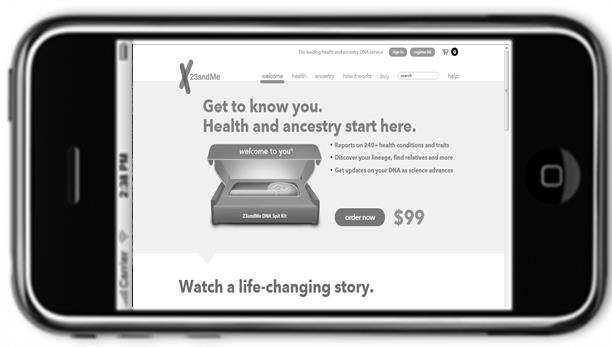A Case Study-Based Inquiry
 |
Lab
Summary
|
The lab begins with the
following scenario:
Laura Robinson, Ruth Thomas and Sally Clinton first met at Timbuktu College and became fast friends when they realized they had all grown up in the same town and were born on the same day at the same hospital. One day, while doing some research on a project Laura was working on for their medical ethics class, she came across a recent article about a couple whose child was found to have been accidentally switched with another couple’s just after birth. It was discovered that two Russian newborn girls were switched 12 years beforehand in a town in the Ural Mountains. The truth emerged after the ex-husband of one of the mothers refused to pay alimony for the child on the basis that she looked nothing like him. Genetic tests proved that the child was not the biological daughter of the current father or mother! The child’s biological parents were discovered to live across town just a few miles away. The article fascinated Laura, and she began to wonder about all the ways she had felt strangely different from her parents. Could the same thing have happened to her? Later that afternoon, Laura met Sally and Ruth for lunch and she shared what she had found with her friends, and confided in them about all of the peculiar physical differences between her and her parents. Then, half-jokingly she blurted out, “Do you think it is possible that we were mixed up at birth? After all we were born on the same day in the same hospital!”
Goals and Objectives
- To utilize genetic information to establish familial relationships.
- To explore the inheritance of single gene traits in family pedigrees.
- To explore the inheritance of genes controlling blood typing and which exhibit non-Mendelian patterns of inheritance (co-dominance, multiple alleles).
- To understand how modern
molecular biology tools and techniques (DNA
Fingerprinting) are used to establish genetic identity
and familial relationships of individuals.
- To allow students to apply concepts in genetics, cell division and biotechnology to a “real-world” situation.
- To utilize a problem-based lab format to engender student interest in genetics.
- To have some fun with biology!
Learning
Theory & Pedagogy
Case Studies or Problem Based Learning initially catalyze learning with a story, problem, query or issue that is engaging to the learner. Problems and case studies are complex, engaging and relevant to the learner, often controversial in nature, and require the application of scientific concepts to fully understand them and reveal workable solutions. This case-based lab reverses the traditional relationship between content and application in lab by using a compelling scenario to catalyze and drive students’ efforts to construct content understanding.
Instructional Resources
- An instructor guide which provide lab instructors with lab preparation instructions, suggested materials, learning theory and pedagogical suggestions.
Required Materials
- Electrophoresis equipment for each lab team.